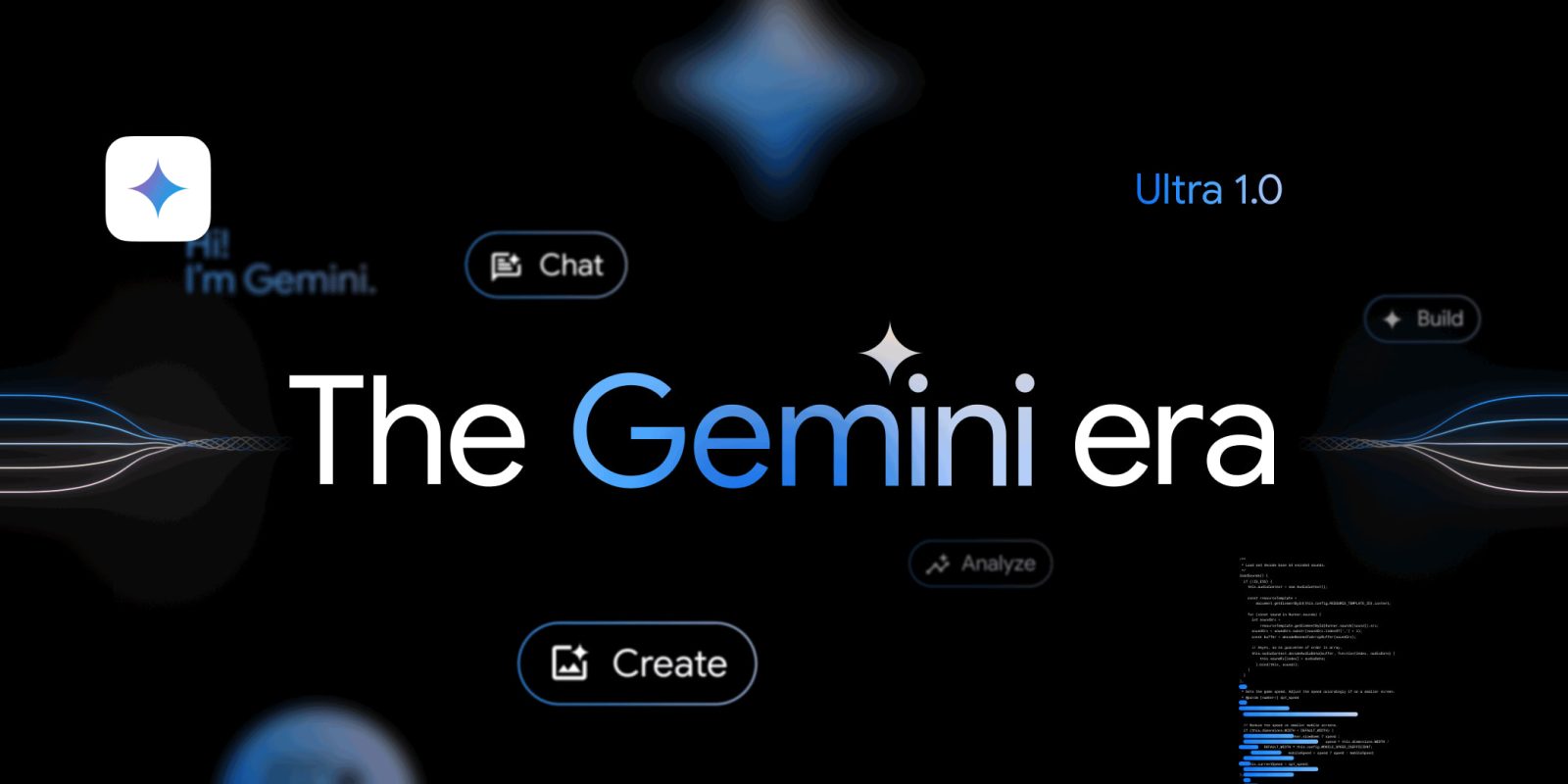
Even before generative AI, it was clear that Google Assistant was in retreat. Now that Google is in its “Gemini era,” what’s next for Assistant?
9to5Google has a rebooted newsletter that highlights the biggest Google stories with added commentary and other tidbits. Sign up to get it early in your inbox, or continue reading 9to5Google Log Out below:
At its height, Assistant was the connectivity tissue between Google products. My favorite example of this was “Google Assistant” being listed on the Pixel 3 tech specs page under “Operating System.” Then there was Assistant Driving Mode replacing Android Auto on phone screens, which ended up being a failure.
Around 2021 and certainly by 2022, it was clear that Assistant was no longer Google’s big priority. Google was specifically pulling back on Assistant experiences outside of the core voice competency. This included the Driving Mode Dashboard and the Snapshot feed, as well as a “Memory” surface that looked to supercharge reminders and saving content on Android.
What Google Assistant is today
On Android phones, Gemini is ascendent and clearly what the company is focusing on. It’s interesting how Google describes the difference:
- Gemini, Google’s experimental Al-powered assistant, can help you get creative inspiration and be more productive
- Google Assistant is a voice-forward conversational helper you can use to get things done
That said, there are still a number of Assistant-branded experiences. Google’s list includes:
- When you get info and updates from At a Glance.
- When you use the mic in the Google Maps app search bar, and when you activate Google Assistant while navigating, such as by tapping the on-screen mic or saying “Hey Google”, and when you are using Google Assistant driving mode.
- When you access Google Assistant from Android Auto by connecting your phone to your car display.
- When you use the mic in the Waze app search bar, and when you activate Google Assistant with the Waze app in the foreground.
- On Gboard, when you use Assistant voice typing.
- When you get Android notifications from Google Assistant devices.
Looking at other form factors, it’s still the primary way you interact with Google Assistant headphones, though we’ve spotted a sign that Gemini is coming. There’s also Assistant on Wear OS, Android Auto and Automotive, Smart Displays, and speakers.
Does Google Assistant stick around
When “Assistant with Bard” was announced alongside the Pixel 8 in October, I would have said that Google Assistant sticks around as the audio and visual interface people actually interact with. The “with Bard” phrasing implied that Google saw generative AI as a capability to be added to Assistant rather than a complete replacement for it.
After everything was fully integrated, the move should have been to drop the “with Bard” distinction and just offer “Google Assistant,” which to me is a timeless name. This approach would have preserved the places where Assistant excels.
The analogy that comes to mind is Assistant as a car and Bard being a new engine to overhaul the primary use case.
After the Gemini rebrand, I’m not so sure anymore and it’s more like Google is building an entirely new vehicle from scratch. This is resulting in missing features, unexpected changes, and frustrated users.
It’s a takeover – which is history repeating itself – and solidifies the relegation of “Google Assistant” as a sort of sub-brand for Google’s voice capabilities that might not even be long for this world.
If Google is going to replace Assistant with Gemini, we’re in for a very long transition where Assistant on every form factor has to be painstakingly replicated while making sure feature parity is maintained. Even the entirely optional migration on phones is pretty rough, and that doesn’t make for a promising start.
From 9to5Google
Google Messages will let you chat with Gemini
- Google Maps for Wear OS adds public transit directions
- Android media switcher rolling out Spotify Connect support
- Fitbit app will show stats from Health Connect wearables, services
Here’s the Samsung Galaxy Ring [Gallery]
OnePlus Watch 2 goes official for $299 with Wear OS 4 and 100-hour battery
- Wear OS 4 ‘hybrid interface’ will ‘dramatically’ boost battery on OnePlus Watch 2
- The OnePlus Watch 2 has a rotating button, but it doesn’t do anything in Wear OS
- I flew to Europe and forgot the OnePlus Watch 2’s charger – here’s how long it lasted
Chromecast with Google TV update rolling out: Fast Pair, Audio output switcher
How to use Pixel Tips to get Quick Share right now
Gemini can now access and create Google Calendar events
YouTube Music web app rolling out offline downloads support
What (else) is happening
Google Calendar for iPhone adds lockscreen widgets
YouTube Kids TV app going away in July, replaced by main YouTube client
Quick Share rolling out to Chromebooks, ChromeOS 121 redesigns media controls
The Xiaomi Watch 2 looks like a Galaxy Watch but lasts 65 hours on a single charge
Nothing teaser video shows off virtual Phone (2a) unboxing, confirms design
Qualcomm announces FastConnect 7900 with Wi-Fi, Bluetooth, and UWB
Top comment by Waldo
It's frustrating that Google can't ever seem to build iteratively on its products (with possible exception of Pixel). How do their managers not realize they lose branding power every time they shuffle things and confuse customers--even well-informed ones--not to mention OEM partners who have to replace all their "works with Google" packaging. Let's just hope this doesn't get as bad as the Android Pay-Google Wallet-Google Pay, no, Wallet again mess or the Hangouts-Chat-Duo-Meet messes.
Motorola will use Corning Gorilla Glass in all of its smartphones starting this year
Google Maps adds ‘Glanceable directions while navigating’ setting
From the rest of 9to5
9to5Mac: Here’s how much it costs Apple to make the $3,500 Vision Pro
Electrek: Tesla Model 3 Ludicrous spotted being filmed for promo
FTC: We use income earning auto affiliate links. More.




Comments